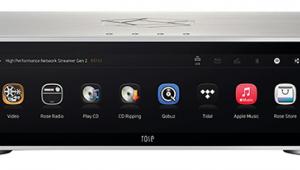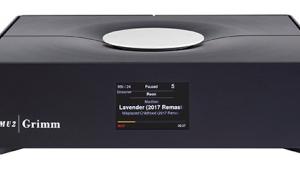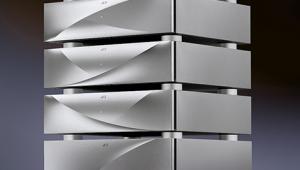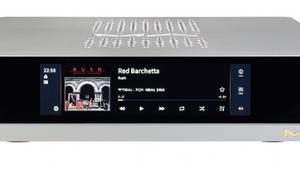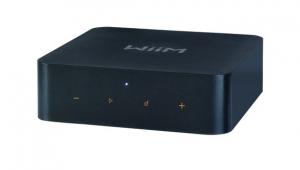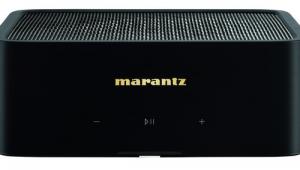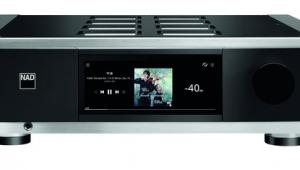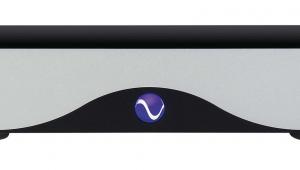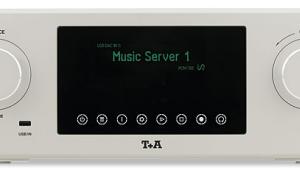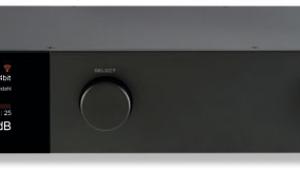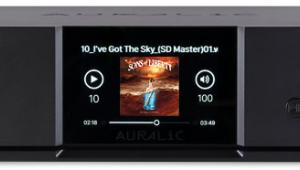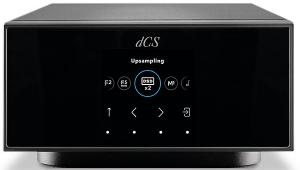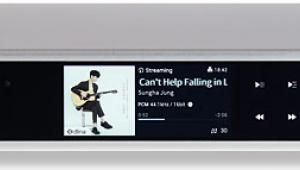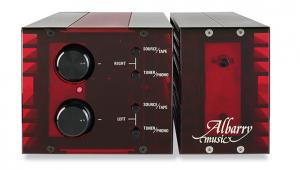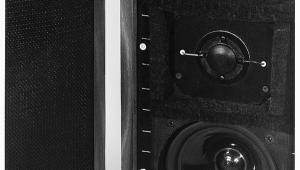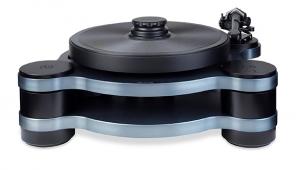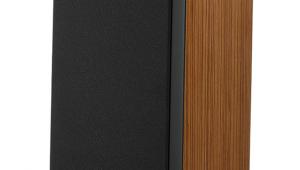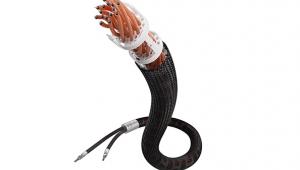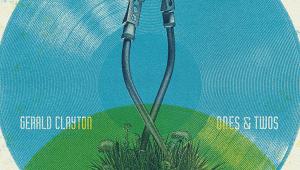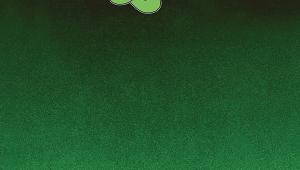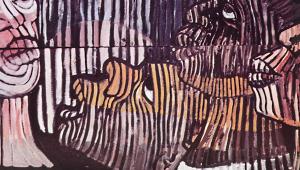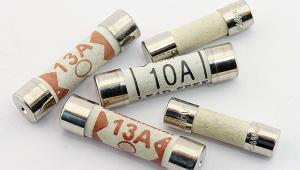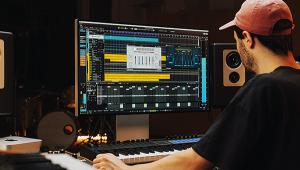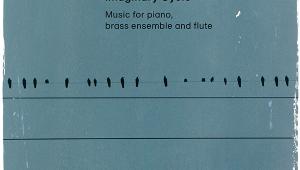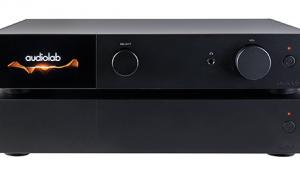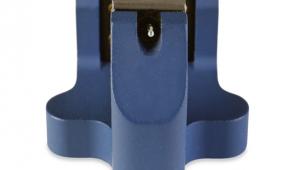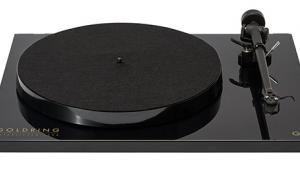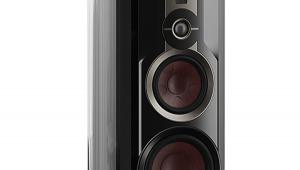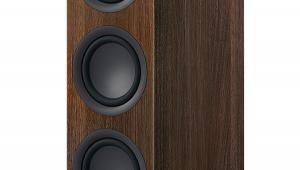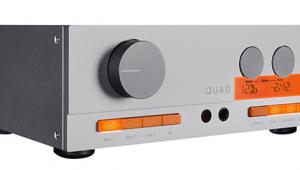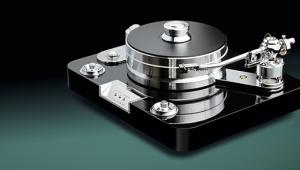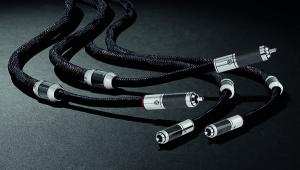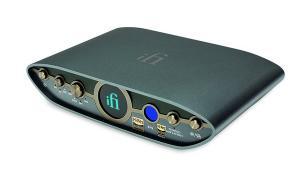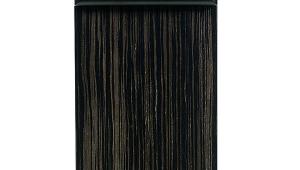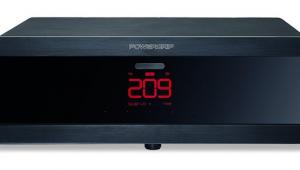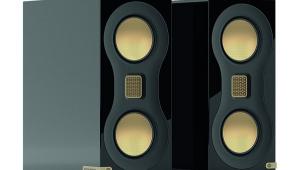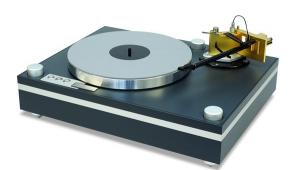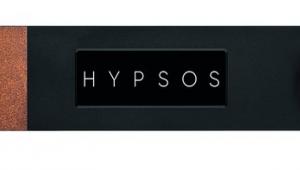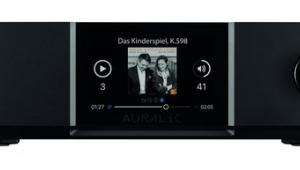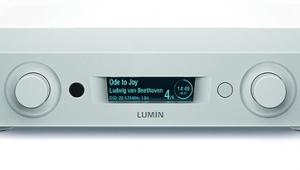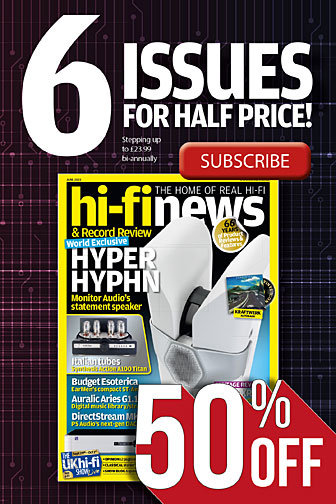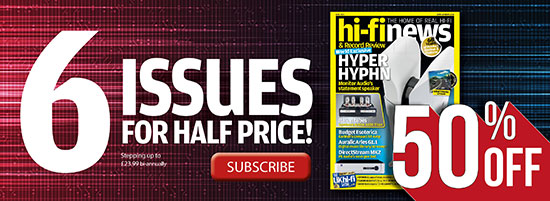Roon Nucleus Titan Music library/server Lab Report
The Roon Nucleus Titan, like the earlier Nucleus+ [HFN May ’18], is a data storage and delivery device, but while it’s typically deployed as a ‘native’ network bridge it’s also ready to run with Roon’s proprietary MUSE signal conditioning. This brings added DSP into play with upsampling, parametric and headphone EQ modes, for example [see boxout]. Other server solutions, including the Auralic Aries G2.2 [HFN Feb ’24] and Grimm Audio MU1 [HFN Dec ’20] offer filter and upsampling options, but MUSE, via the Roon app, looks to be more configurable and limited principally by the connected hardware. Which is where our testing rolls into view because any uplift in performance offered by the Titan over, for example, a conventional NAS or PC/Mac, can only be inferred via a third-party DAC.
Here the host DAC’s USB jitter suppression and/or galvanic isolation is revealed, because a DAC with excellent data recovery/ reclocking may not express a significant difference between a poor or excellent digital source. Similarly, a DAC incurs jitter at the chip level, through clock noise or other in-circuit interference, will suffer the same jitter sidebands in the analogue domain regardless of the coherence of the digital data. So... driven directly from the Roon Nucleus Titan’s USB-A output, a DAC with moderate jitter – iFi Audio’s NEO iDSD [HFN Mar ’21] – showed a total suppression of its ±33/66Hz/99Hz sidebands from 550psec to ~6psec [see Graph 1], a marked reduction in uncorrelated phase noise and a lift in A-wtd S/N ratio to 110.5dB.
Hub-powered DACs typically benefit from a clean +5V PSU and here AudioQuest’s DragonFly [HFN Mar ’14] enjoyed a halving of jitter from 300psec (PC interface) to 140psec [see Graph 2] with a significant boost in A-wtd S/N from 89dB to 102.3dB. By contrast, ‘full fat’ DACs including the dCS Vivaldi One [HFN Feb ’18] and Mytek Brooklyn [HFN Aug ’17] offer extensive galvanic isolation/onboard reclocking, so very little difference in their inherent ~10psec jitter was detected. PM
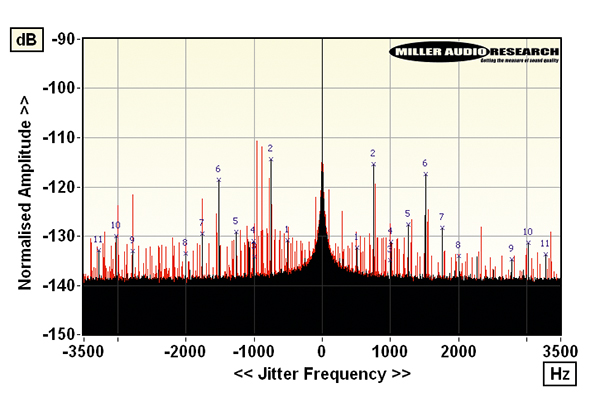
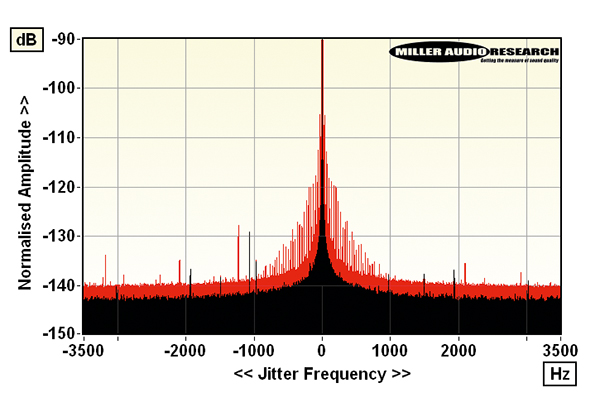
| Digital inputs | Wired Ethernet; USB-A (external drive) |
| Digital outputs | USB-A; 2x USB-C; 2x HDMI |
| Digital jitter (AQ DragonFly) | 140psec (300psec via PC USB) |
| Digital jitter (iFi Audio NEO iDSD) | 6psec (550psec via PC USB) |
| Digital jitter (Mytek Brooklyn) | 9psec (10psec via PC USB) |
| Power consumption | 8W |
| Dimensions (WHD) / Weight | 277x57x277mm / 3.2kg |
